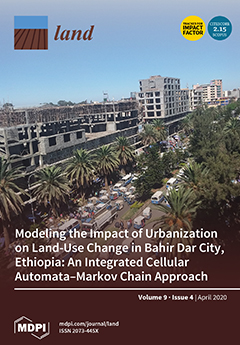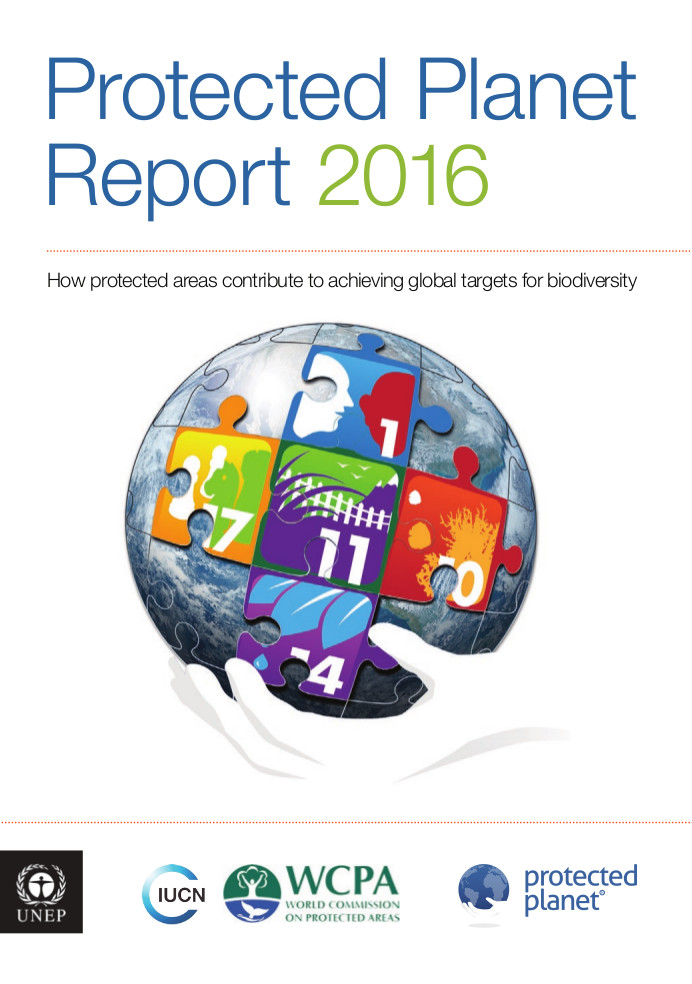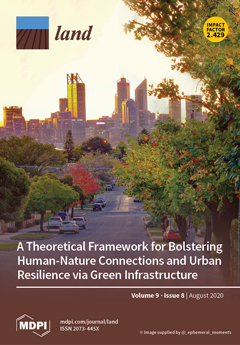Influence of Logos on Social Attitudes toward the Landscape of Protected Areas: The Case of National and Natural Parks in Spain
This study is the first analysis of the influence of the design of the logos of the National and Natural Parks of Spain on social attitudes toward these protected areas (PAs). The effect of certain elements in the logo of a PA on its attractiveness and on support for its conservation was explored through a questionnaire survey of groups of university students. The respondents were asked to choose between different park logos, using three main criteria: tourist interest, conservation priority, and willingness to pay for conservation.







